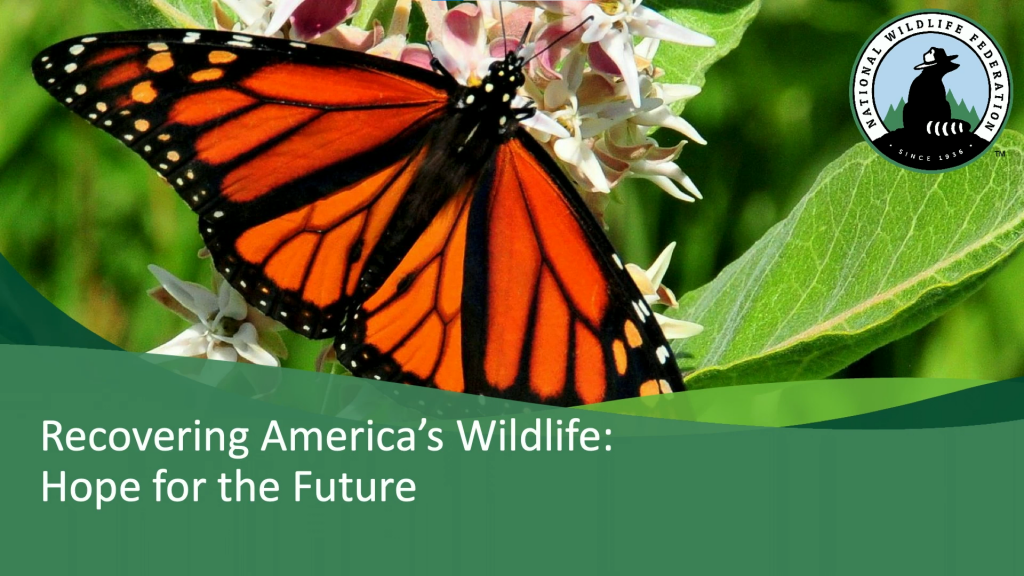
Learn about the Recovering America’s Wildlife Act from Dr. Emily Coffey. This bipartisan bill provides funding for (1) the conservation or restoration of wildlife and plant species of greatest conservation need; (2) the wildlife conservation strategies of states, territories, or the District of Columbia; and (3) wildlife conservation education and recreation projects. It includes language […]
Read More…
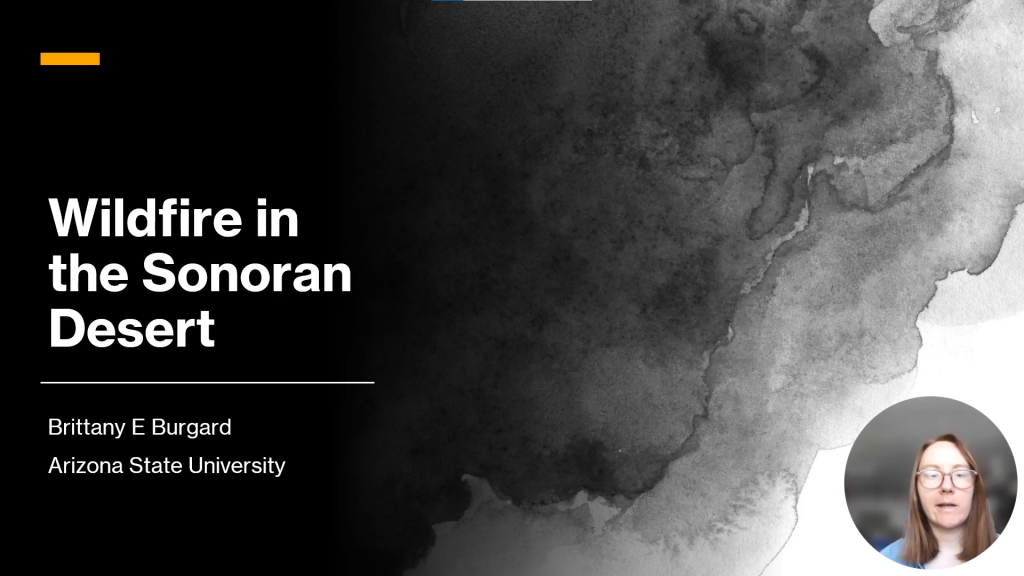
The objective of my research is to evaluate the effects of wildfire on plants by conducting a flora. Documenting biodiversity via a flora in this way is the first step to understanding natural resources and it is vital as ecosystems change rapidly. The Sonoran Desert is not historically fire adapted, but a combination of drought […]
Read More…
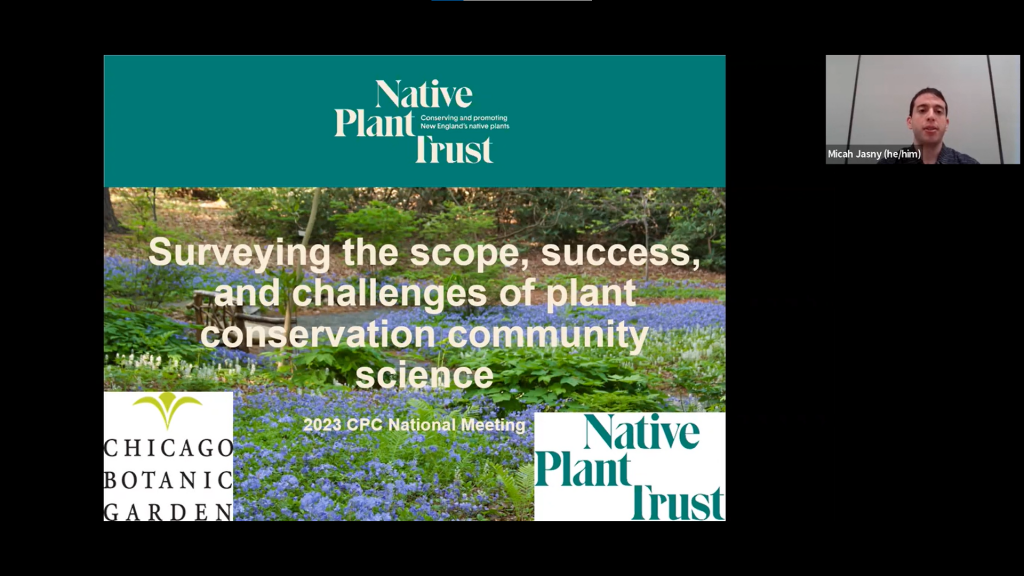
First emerging at the end of the 20th century, community science (a.k.a. citizen science), utilizing volunteers and volunteer-contributed data, has become a major component of biological conservation worldwide. We assessed community science projects that conduct rare plant monitoring to examine the value of community science in plant conservation. We identified projects through research and targeted […]
Read More…
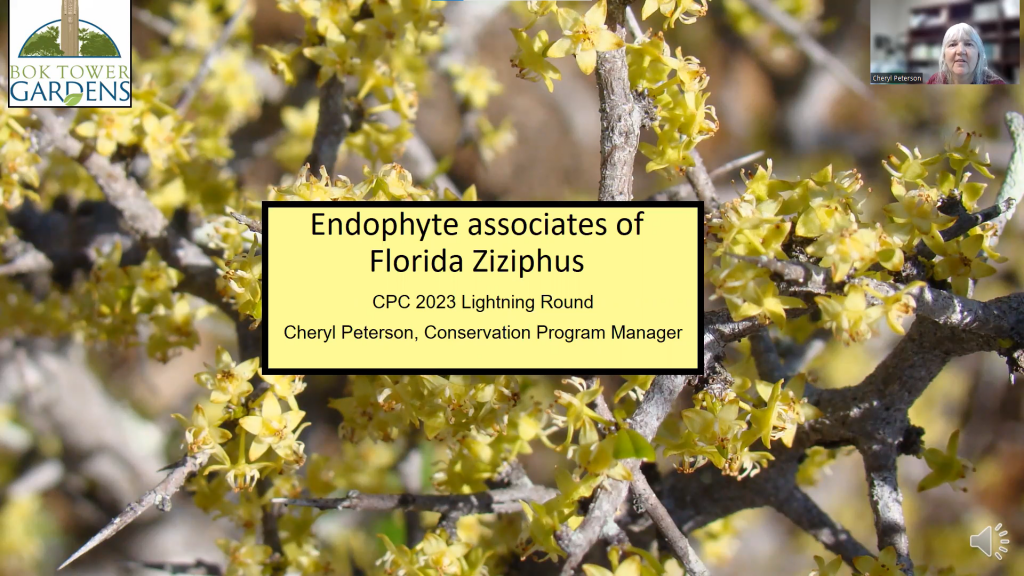
As we use what we have learned about storing seeds, propagating species, improving habitat, and reintroducing new populations, it becomes increasingly important to understand how factors in the environment influence the long-term health of a species. This includes plant-microbe interactions. Plant-fungi interactions are thought to be as evolutionarily as old as higher plants themselves. Fungi […]
Read More…
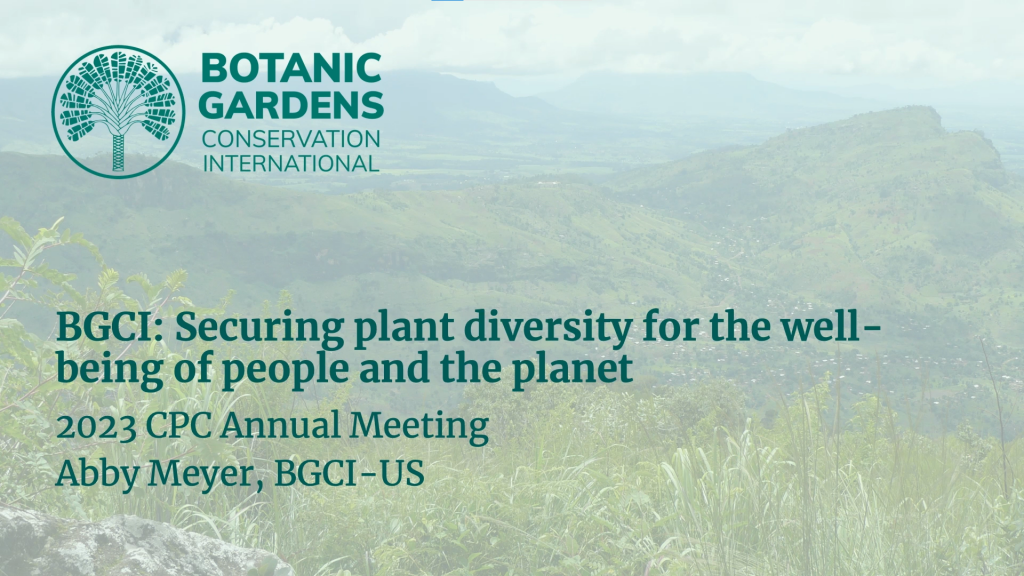
BGCI, a global network of botanic gardens, works to mobilize botanic gardens and engage parteners in securing plant diversity for the well-being of people and the planet. The U.S. office office of BGCI is hosted at The Huntington Library, Art Museum, and Botanical Garden in San Marino, California. New and emerging programs supported by BGCI-US […]
Read More…
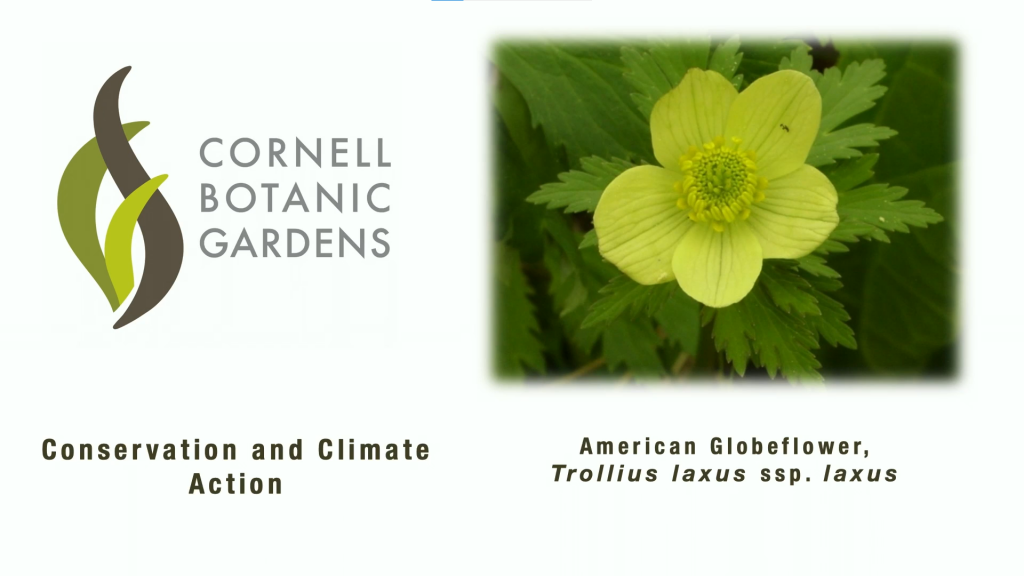
Cornell Botanic Gardens has been working on multiple fronts to conserve two globally rare plants, while also pursuing efforts to address the climate emergency and social and environmental justice. Conservation efforts for the American Globeflower (Trollius laxus ssp. laxus) include ex situ seed banking efforts for five upstate New York populations and in situ conservation […]
Read More…
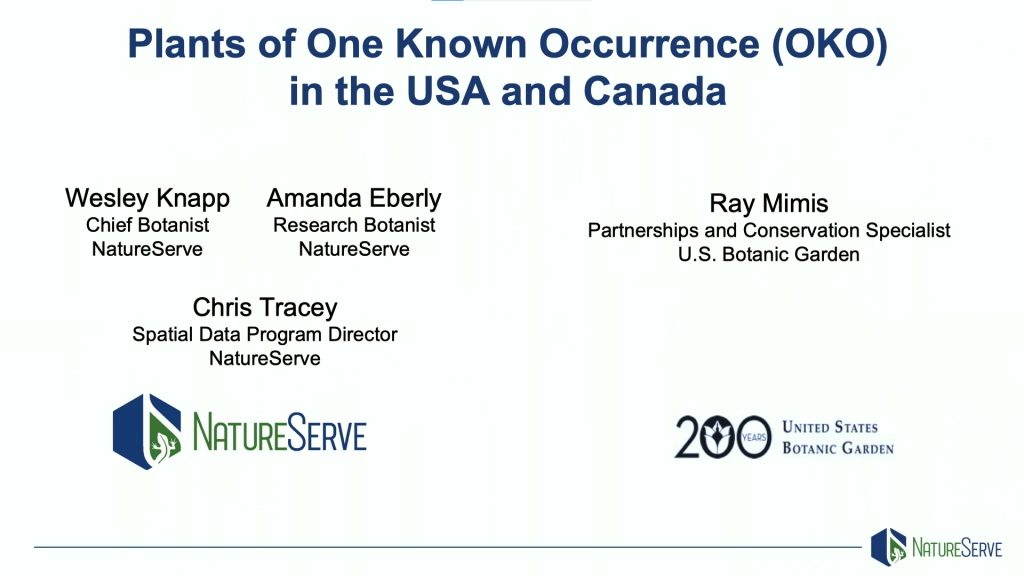
NatureServe has partnered with the U.S. Botanic Garden to identify plants of One Known Occurrence (OKOs) across the continental United States and Canada. Sixty-four percent of all known plant extinctions in continental United States and Canada were known from just one occurrence, yet no method or analysis has ever been undertaken to identify plants of […]
Read More…

The North American Botanic Garden Strategy for Alpine Plant Conservation, published in 2020, is a blueprint for protecting alpine plants and ecosystems in the US, Canada, and Mexico, focusing on the role of botanic gardens in this effort. In order to facilitate the protection and conservation of alpine plants, we have developed a map of […]
Read More…
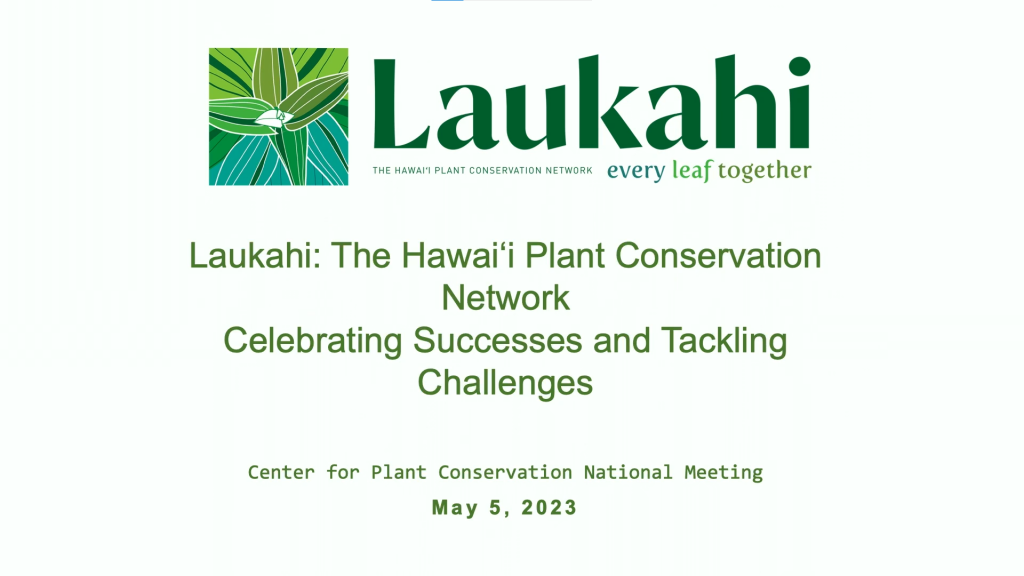
Laukahi: The Hawai‘i Plant Conservation Network is thinking critically about our future in plant conservation as we create our next 5-year Action Plan. This is an opportunity to celebrate successes for plants and our network, and also an opportunity to address the most pressing challenges in plant conservation in Hawai‘i. Some of our successes include […]
Read More…
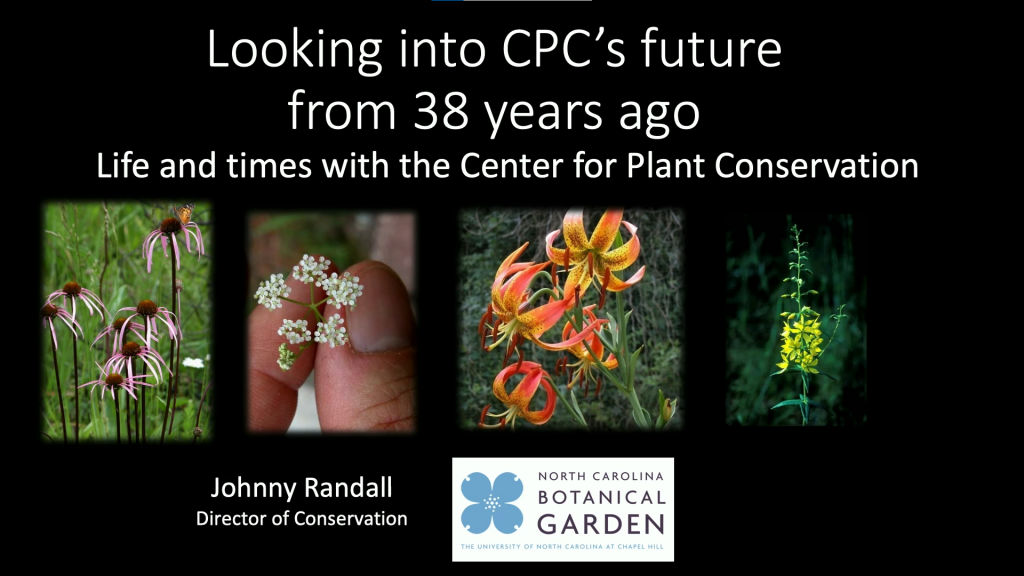
I was approached by CPC in 1985, while a graduate student at VA Tech, for a project to determine the reproductive biology of the single-site endemic, Iliamna corei (Peter’s Mountain Mallow). I remember meeting Don Falk, USFWS botanists, and North Carolina Botanical Garden staff who wanted ex situ seed collections for one of their first National Collection taxa. But […]
Read More…
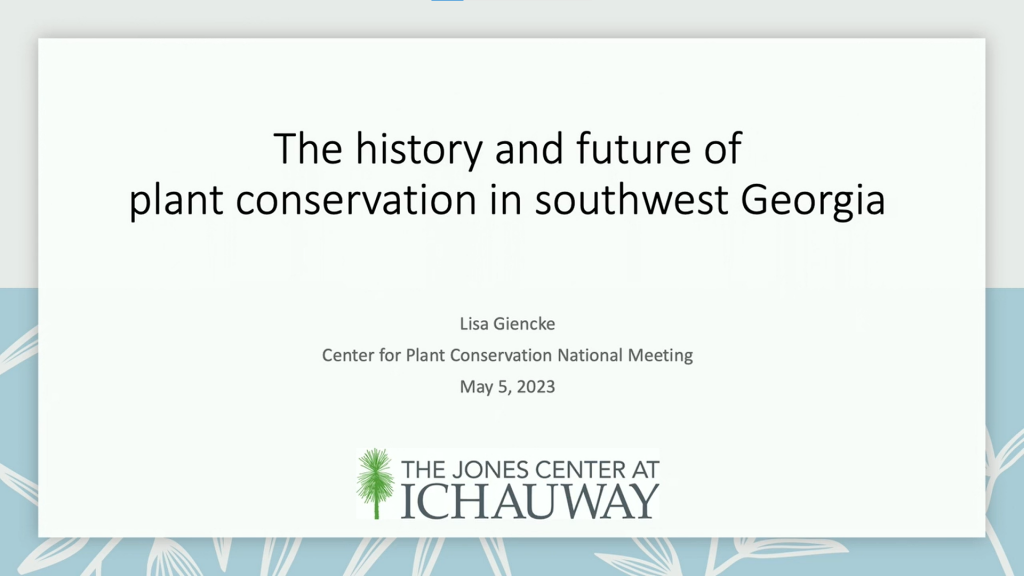
The Jones Center at Ichauway initiated the development of a conservation seed bank in 2019. Our original goal was to collect seeds from species that are rare in Georgia (defined as species that have state ranks of S1-S3) and which grow on Ichauway’s nearly 30,000 acres. More than 10% of Ichauway’s flora (127 out of […]
Read More…
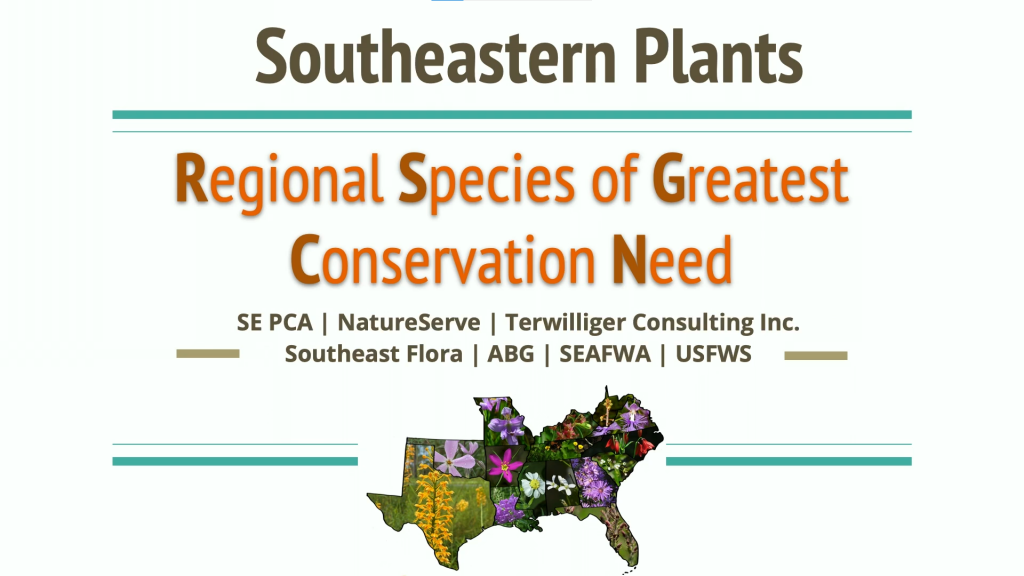
The Southeastern Plants Regional Species of Greatest Conservation Need (RSGCN) is the first of its kind in the U.S. and will inform State Wildlife Action Plan revision and creation by presenting species with regional responsibility and opportunity for collaboration. This will set actionable priorities for the conservation of rare plants across state boundaries and integrate […]
Read More…
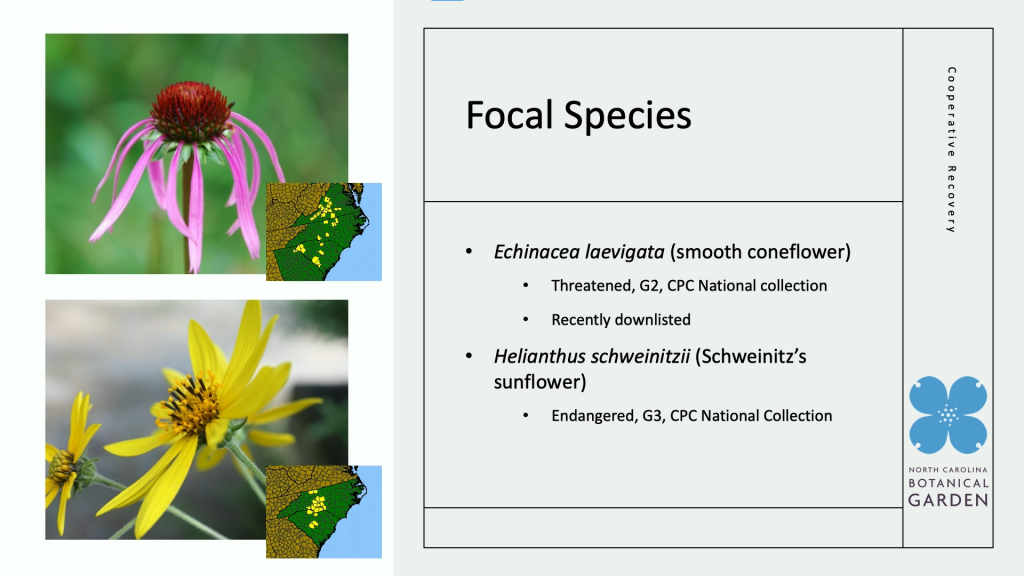
Rare species from similar fire maintained communities are likely to have similar recovery needs in Endangered Species Act recovery plans. Echinacea laevigata (smooth coneflower) and Helianthus schweinitzii (Schweinitz’s sunflower) occur in separate, but similar fire maintained habitats in the Southeastern US. Fire suppression and fragmentation have relegated both species to marginal habitat on forest edges, roadsides and utility rights-of-way. […]
Read More…
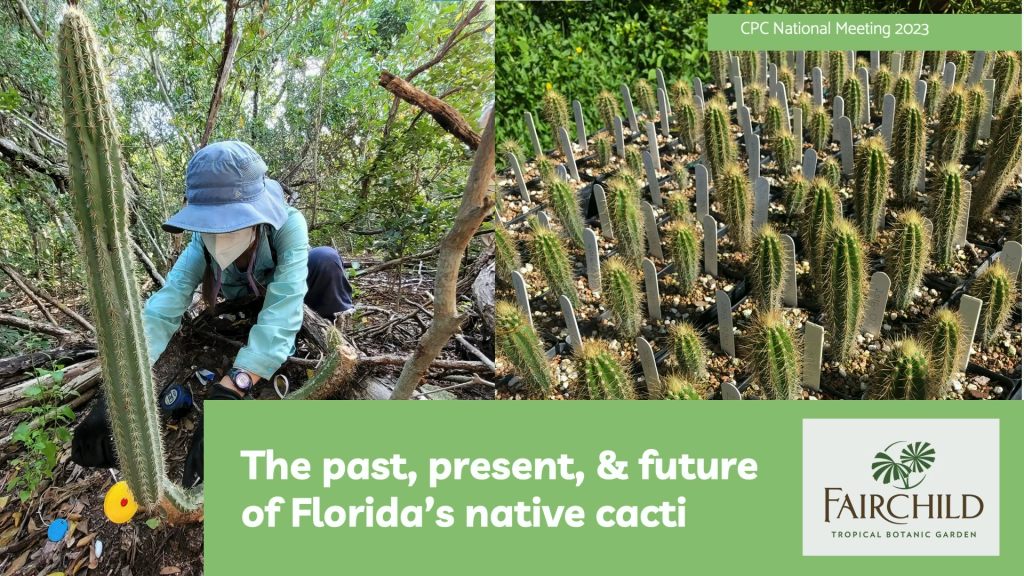
East of the Mississippi River, Florida has the highest cactus diversity in the US. The Atlas of Florida Plants currently recognizes 14 native taxa and all but one species are listed as threatened or endangered by the State of Florida. To date, the biggest threat to Florida’s native cacti is development. However, many of these […]
Read More…
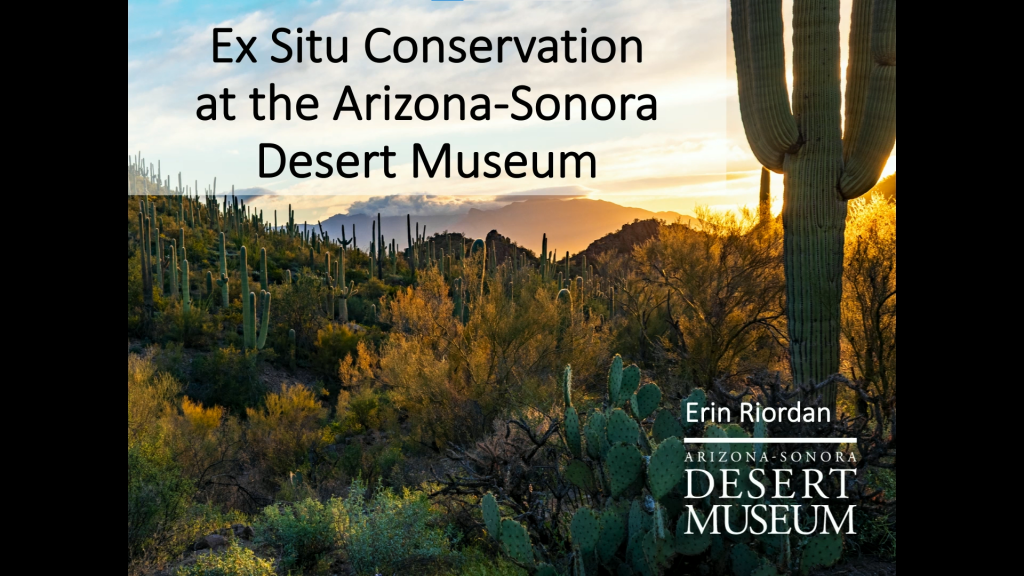
For 70 years, the Arizona-Sonora Desert Museum has been helping people understand, appreciate, and conserve the Sonoran Desert. The Desert Museum’s collections department supports the conservation of imperiled species and ecosystems in the region. We serve as an important repository and steward for several rare, threatened, and endangered plant species including Abutilon parishii, Amsonia kearneyana, […]
Read More…
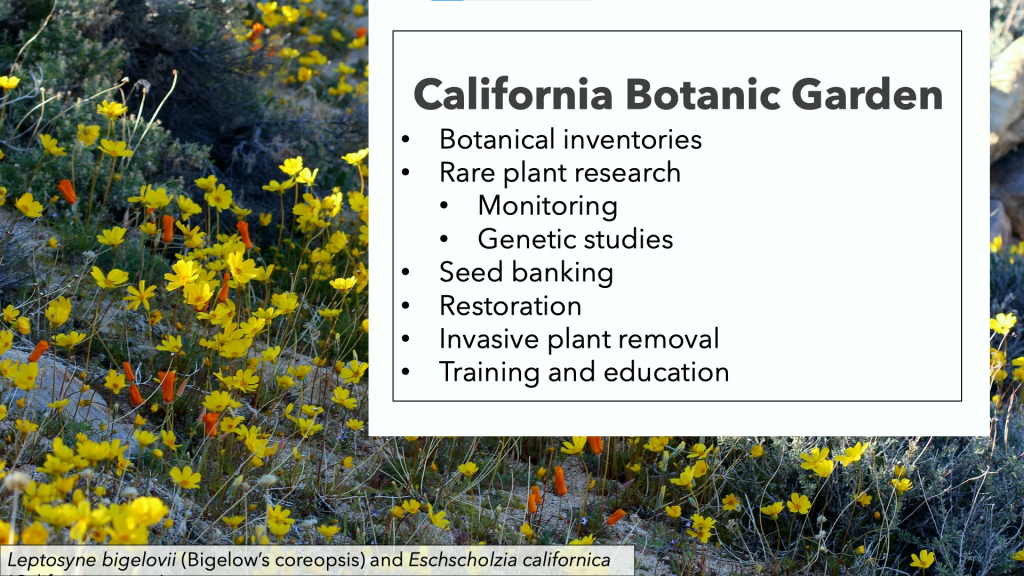
The California Botanic Garden (CalBG) was founded in 1927 by Susanna Bixby Bryant as a botanic garden and scientific institution whose mission is to document and conserve California’s native flora. CalBG has a long and successful history in promoting science, conservation and restoration of California’s natural heritage through research, education, and collections. We are home […]
Read More…
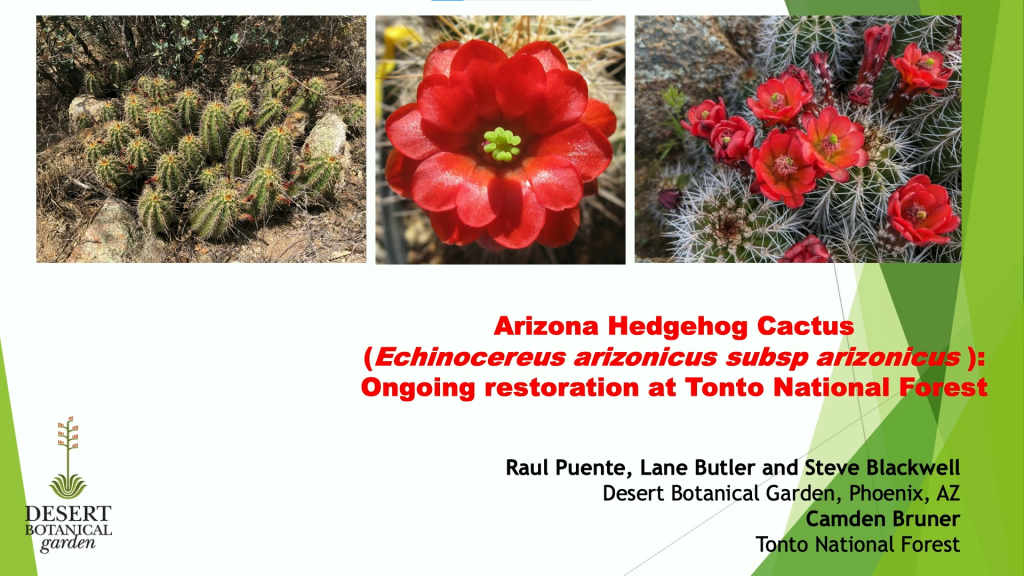
Echinocereus arizonicus subsp. arizonicus (Arizona hedgehog cactus or AHC) is a US federally listed endangered subspecies under the Endangered Species Act since 1979 and is endemic to an approximately 25km² area in central Arizona, growing largely within the Tonto National Forest. AHC prefers rocky microsites such as cliffs, bluffs, outcrops and boulders within a narrow […]
Read More…
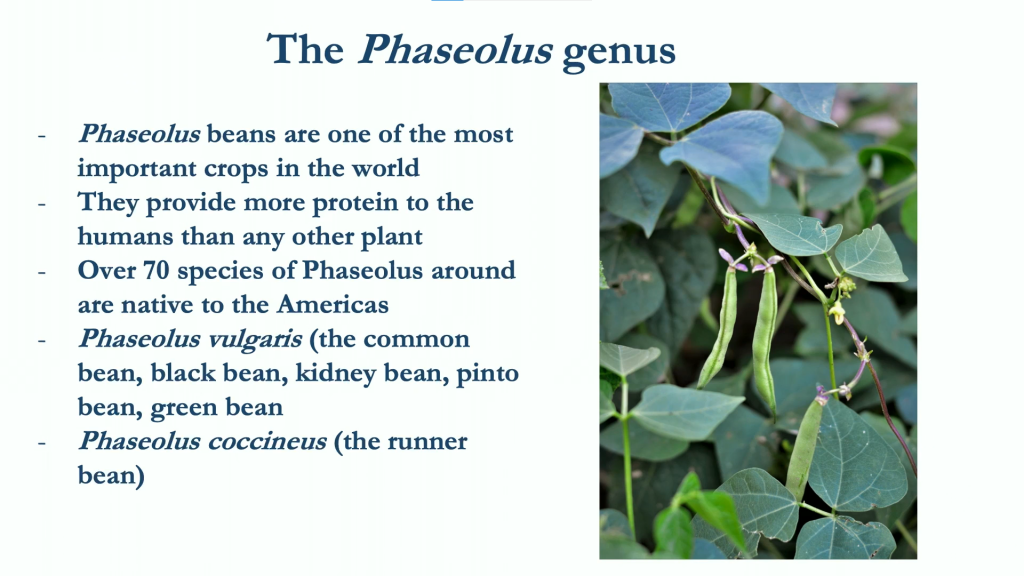
Phaseolus filiformis is a wild legume species native to the Southwestern US and Mexico. While the species is common in Arizona and Baja California, only one occurrence has ever been found and collected in California; in a small wash on the eastern slopes of the Santa Rosa Mountains from 1982, far from the Arizona and […]
Read More…

















